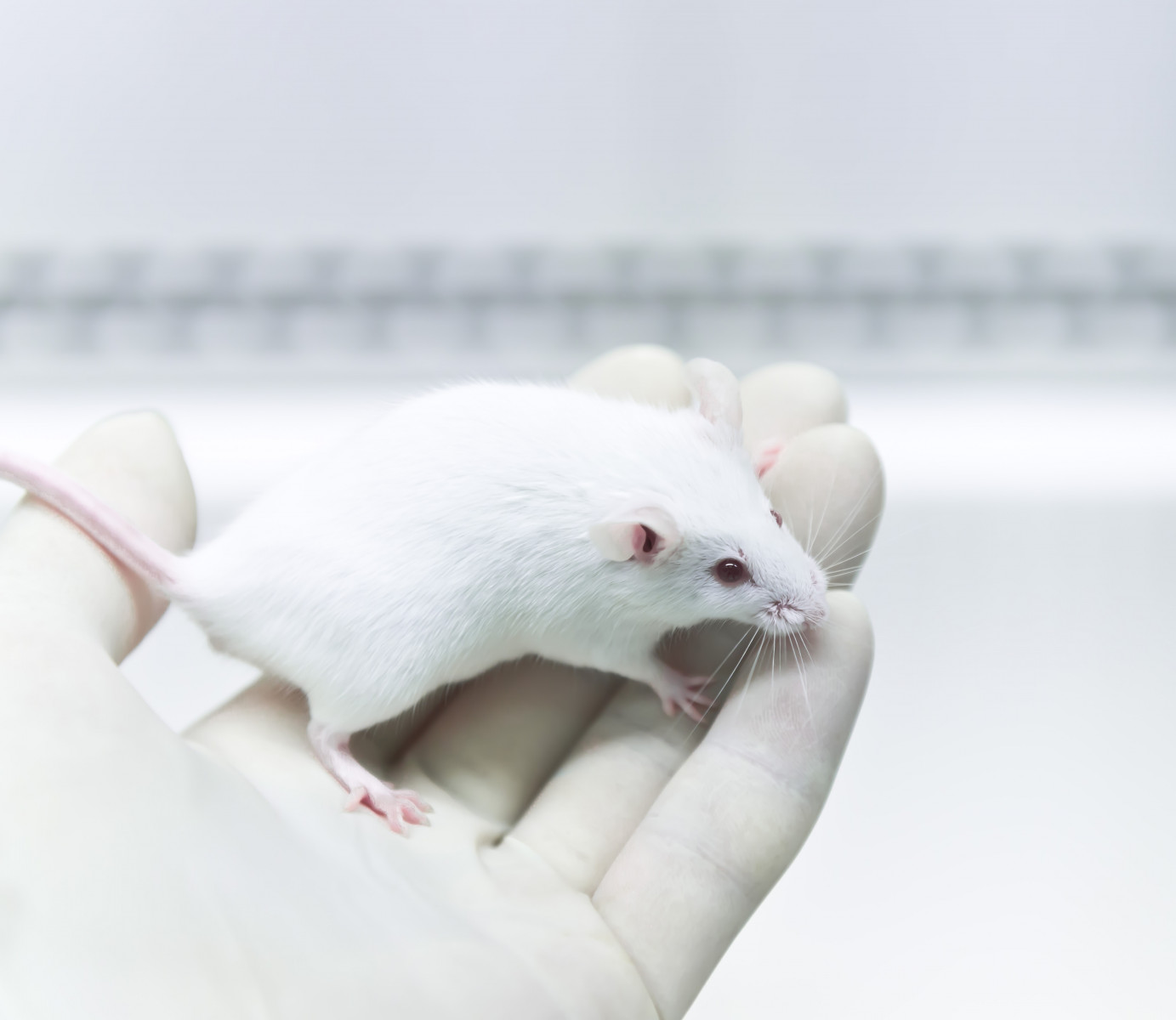AT-RvD1 Restores Function of Salivary Glands, Decreases Harmful T-cells in Mouse Model of Sjögren’s

Aspirin-triggered resolvin D1 (AT-RvD1), a molecule that reduces tissue inflammation and promotes wound healing, restores the function of salivary glands and decreases the levels of immune T-helper 17 cells in a mouse model of Sjögren’s syndrome, a study reports.
The findings of the study, “Aspirin Triggered Resolvin D1 reduces inflammation and restores saliva secretion in a Sjögren’s syndrome mouse model,” were published in Rheumatology.
Sjögren’s syndrome is a chronic autoimmune disease characterized by an abnormal infiltration and accumulation of immune cells inside certain glands, leading to tissue inflammation and eventually irreparable damage. As a result, those affected by the condition usually experience extreme dryness in the eyes and mouth.
Studies have shown that treatment with AT-RvD1 prevents chronic inflammation and increases the secretion (release) of saliva in a mouse model of Sjögren’s syndrome when the therapy is initiated before the first symptoms of the disease arise.
Unfortunately, this type of therapy is not viable for people with Sjögren’s, because the diagnosis is normally made only after patients start experiencing symptoms and there are no reliable screening methods.
In this study, researchers from the University of Utah set out to test whether AT-RvD1 treatment would be effective at reducing chronic inflammation and improving the function of salivary glands in a mouse model of Sjögren’s syndrome after the onset of disease.
Researchers used female and male animals whose disease had already developed. Animals were given either AT-RvD1 or a placebo that served as control.
Results showed that AT-RvD1 treatment after disease onset restored the function of salivary glands in both female and male mice. Although AT-RvD1 treatment failed to reduce the overall infiltration rates of immune cells into the salivary glands, the levels of T-helper 17 (Th17) cells were significantly reduced in the infiltrates of animals of both sexes.
T-helper cells are a subtype of T cells responsible for regulating the function of other types of immune cells, such as B cells and killer T cells.
In addition, AT-RvD1 treatment significantly reduced the production of pro-inflammatory cytokines — molecules that mediate and regulate immune and inflammatory response — in salivary glands from female mice, but not males.
“In summary, the current study demonstrates that systemic treatment of [Sjögren’s syndrome]-like mice with AT-RvD1 post-disease onset restores saliva secretion … and decreases a subset of immune cells (Th17),” researchers concluded.
However, additional studies are needed to better understand the mechanisms of AT-RvD1 and to unravel the distinct clinical presentations between females and males before taking this approach to human studies.






